Measuring LED Light Brightness: A Comprehensive Guide
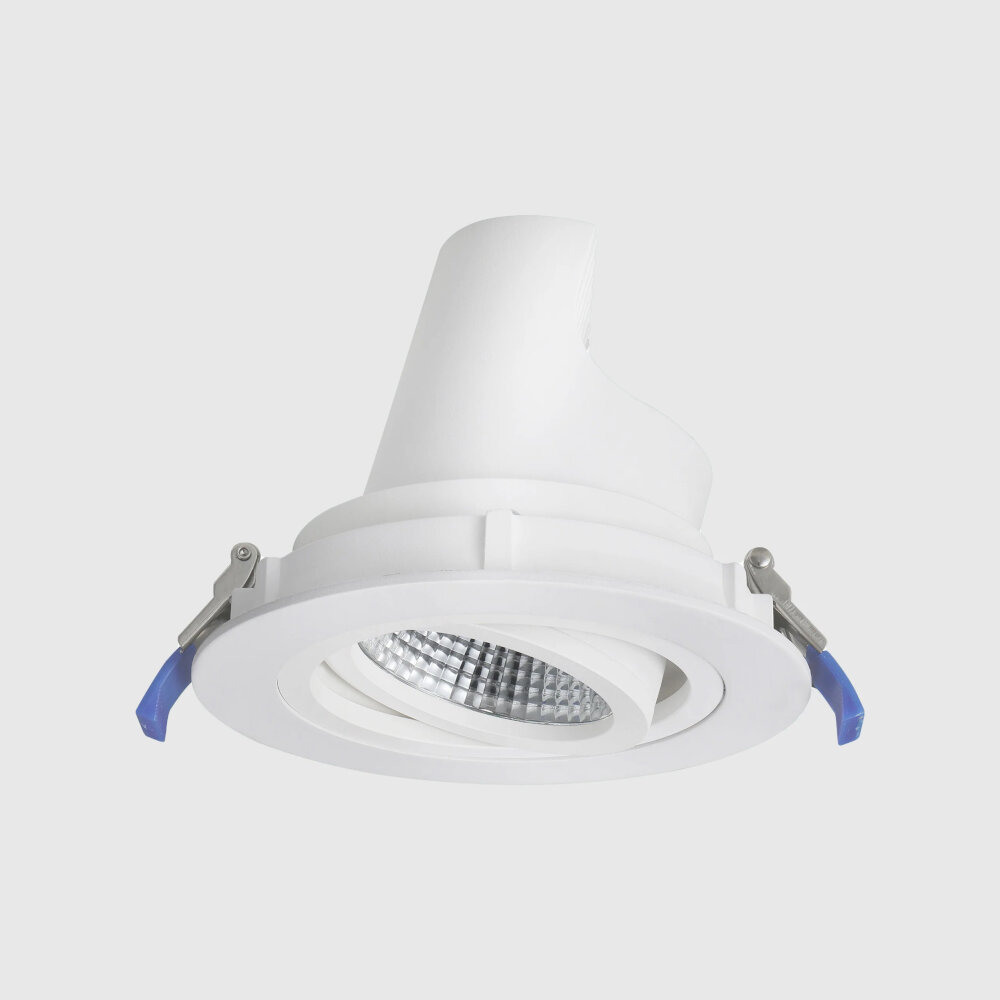
LED lights have revolutionized the lighting industry with their energy efficiency, durability, and versatility. These lights are widely used in homes, offices, and public places, and their popularity is on the rise. However, one of the most critical factors to consider when choosing LED lights is their brightness level. Measuring LED light brightness can be a daunting task, as it requires an understanding of various technical terms and units. This comprehensive guide aims to simplify the process and provide you with all the information you need to measure LED light brightness accurately. In this guide, we will cover the different methods of measuring LED light brightness, including lumens, Lux, and Candela. We will also discuss the factors that affect LED light brightness, such as color temperature, beam angle, and dimming capabilities. Additionally, we will explore the importance of choosing the right brightness level for your specific lighting needs, whether it’s for task lighting or ambient lighting. By the end of this guide, you will have a better understanding of how to measure LED light brightness and make an informed decision when choosing the right LED lights for your space.
Understanding LED Brightness
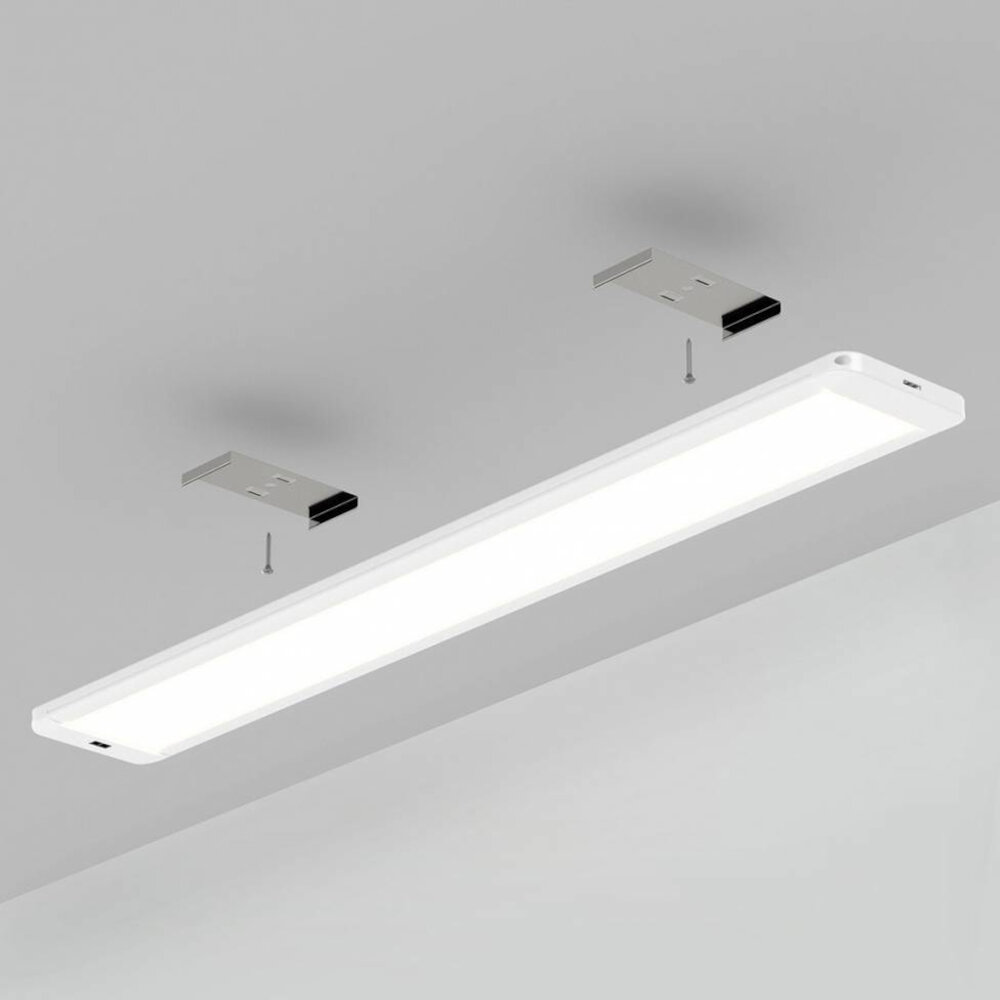
LEDs, or Light Emitting Diodes, have become increasingly popular over recent years due to their efficiency, long lifespan, and versatility. One of the key factors that make LEDs so attractive is their brightness. However, measuring LED brightness can be a bit tricky and requires a thorough understanding of the various metrics used. The two main metrics used to measure LED brightness are lumens and lux. Lumens are a measure of the total amount of visible light emitted by an LED source, while lux refers to the amount of light that falls on a specific surface area. In other words, lumens measure the total amount of light emitted, while lux measures the intensity of the light on a specific surface. When selecting an LED light source, it’s essential to consider the desired level of brightness required for the application. The brightness of an LED is typically measured by the number of lumens it emits. However, the number of lumens required will depend on the specific application. For example, a high-end flashlight may require a higher number of lumens than a residential light bulb. The color temperature of the LED can also affect the perceived brightness. LEDs with a higher color temperature appear brighter to the human eye, even if they emit fewer lumens. It’s important to take into account the color temperature and the color rendering index (CRI) when selecting an LED light source for a specific application.
LED brightness refers to the amount of light emitted from a Light Emitting Diode (LED) source. It is measured in lumens and is a crucial factor in determining the overall effectiveness of LED lighting solutions. The brightness of LED lights depends on several factors, including the quality of the LED chips, the efficiency of the internal components, and the design of the fixture or bulb. LED brightness is an essential consideration when selecting lighting solutions for residential, commercial, and industrial applications. It is important to understand how to measure LED light brightness to ensure that you choose the right lighting solution for your needs.
LED brightness is measured in lumens, which indicates the amount of light emitted by the LED source. This measurement takes into account the sensitivity of the human eye to different wavelengths of light, resulting in a more accurate representation of the perceived brightness. The brightness of an LED can also be affected by the viewing angle, with a wider angle resulting in a lower perceived brightness. Additionally, the color temperature of the LED can impact its brightness, with cooler temperatures appearing brighter than warmer temperatures. To accurately measure LED brightness, specialized equipment such as a photometer or spectrometer is used, which can provide precise readings and help ensure consistent lighting levels in various applications.
Measuring LED brightness is critical as it has a significant impact on the end-user experience. The brightness of an LED light determines the quality of the light output and its effectiveness in illuminating a given area. A poorly lit space can cause discomfort, eye strain, and even headaches. Furthermore, the brightness of LED lights is a vital factor in determining energy efficiency, as brighter lights require more power to operate. Measuring LED brightness accurately also ensures that the product meets regulatory requirements, as certain applications require a specific level of brightness to function correctly. Therefore, it is essential to measure LED brightness to provide a better experience for users, promote energy efficiency, and meet regulatory requirements.
Tools for Measuring LED Brightness

LED (Light Emitting Diode) technology has changed the way we illuminate our surroundings. LEDs have become a popular lighting solution due to their long lifespan, energy efficiency, and brightness. However, measuring LED brightness can be a challenge due to the unique nature of LED lighting. Fortunately, there are several tools available to measure LED brightness accurately. One of the most common tools for measuring LED brightness is a lux meter. A lux meter measures the amount of light that falls on a surface. It is a simple and effective way to measure the brightness of an LED light. Lux meters are available in both analog and digital formats. Digital lux meters are more accurate and easy to use. They provide a digital readout of the light level, making it easy to compare the brightness of different LED lights. Analog lux meters are less expensive but require more skill to use accurately. They use a needle and a scale to measure the light level, which can be challenging to read for some users. Overall, a lux meter is an essential tool for measuring LED light brightness and comparing different LED lights.
Lux meters, also known as light meters, are essential tools for measuring the brightness of LED lights. These devices measure the amount of light that falls on a given surface, and the results are presented in units of lux. A lux meter typically consists of a sensor that captures the light and a display that shows the readings. Measuring the brightness of LED lights is critical for ensuring that the lighting environment is adequate for the intended purpose, whether it be for general illumination, task lighting, or decorative lighting. With a lux meter, it is possible to determine the optimal placement and intensity of LED lights, providing the best possible lighting experience for users.
Spectrometers are essential tools for measuring the brightness of LED lights. These devices work by analyzing the light spectrum emitted by a light source to determine the intensity of each wavelength. Spectrometers can provide detailed information about the color, intensity, and quality of light emitted by LEDs, making them a valuable tool for researchers, engineers, and lighting designers. With the help of spectrometers, it’s possible to measure the brightness of LED lights accurately, ensuring that they meet the required standards and are suitable for a range of applications, from commercial lighting to horticulture and medical use.
Colorimeters are devices that measure the color of light emitted by an LED. They work by analyzing the wavelengths of light and converting them into numerical values that can be used to determine the color temperature and other color characteristics. Colorimeters are often used in the lighting industry to ensure that LEDs are producing light that is consistent with industry standards and customer expectations. They are also used in research and development to analyze the color properties of different materials and to test the performance of new LED products. Colorimeters are an essential tool for anyone working with LEDs who needs to accurately measure the color of the light they are producing.
Photometers are devices that measure the intensity of light emitted by LED sources. These instruments are essential in determining the brightness of the LED light, as they help to measure the luminous flux generated by the LEDs. Photometers work by detecting the amount of light that passes through a particular area, and then converting that data into measurements of brightness. This process makes photometers a crucial tool in the LED lighting industry, as they enable manufacturers and designers to create LED lights with specific brightness levels, ensuring that they are fit for purpose. Additionally, photometers are useful in ensuring that lighting installations meet industry standards and regulations, making them a valuable asset in the field of lighting design and engineering.
Radiometers are devices that are used to measure the intensity of electromagnetic radiation. They are commonly used in the field of optics to measure the brightness of light sources, such as LEDs. Radiometers work by converting the energy carried by electromagnetic waves into a measurable signal. They are typically made up of a sensor that is sensitive to the radiation being measured, and an electronic device that converts the signal into a readable output. Radiometers are an important tool for measuring the brightness of LEDs, as they allow for accurate and precise measurements to be taken, which are necessary for ensuring that LEDs are being used safely and effectively.
Steps for Measuring LED Brightness
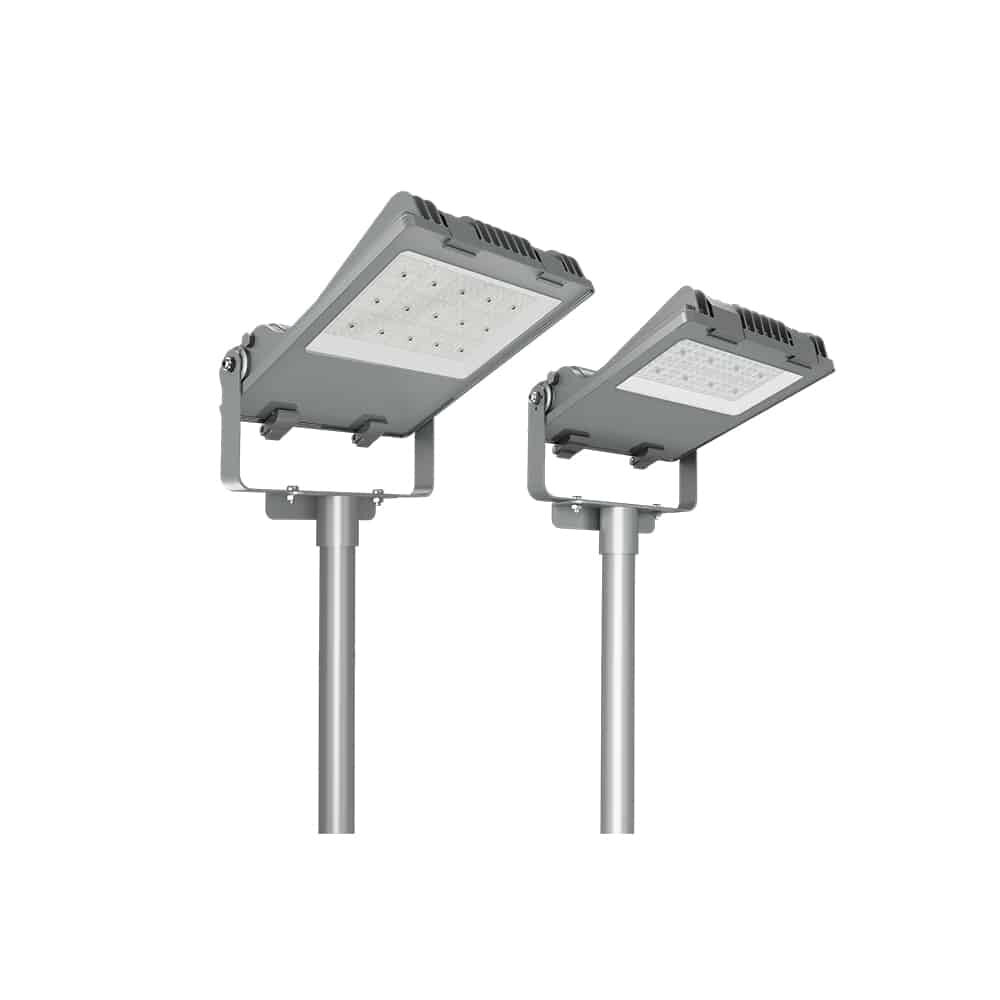
Measuring LED brightness is an essential task for those who want to determine the intensity of light emitted by their LED lights. To measure LED brightness, there are a few steps that need to be followed. Firstly, you need to determine the type of LED you are measuring. There are different types of LEDs, and each has its own unique characteristics. Once you have identified the type of LED, you can then proceed to measure its brightness. One of the most common ways to measure LED brightness is by using a lux meter. A lux meter is a device that measures the intensity of light in a given area. To use a lux meter, you need to place it in the area where the LED is located and measure the intensity of the light emitted by the LED. Another way to measure LED brightness is by using a spectrometer. A spectrometer is a device that measures the wavelength of light. By measuring the wavelength of light emitted by an LED, you can determine the brightness of the LED. To use a spectrometer, you need to place it in front of the LED and measure the wavelength of light emitted by the LED. Once you have measured the wavelength of light, you can then use a formula to determine the brightness of the LED. Measuring LED brightness is an important task for those who want to ensure that their LED lights are working correctly. By following the steps outlined above, you can accurately measure the brightness of your LED lights and make any necessary adjustments to ensure that they are working at optimal levels.
Calibrating a measuring device is a crucial step in accurately measuring LED light brightness. It involves adjusting the device to ensure that it provides consistent and reliable readings. This is achieved by comparing the readings of the measuring device to a known standard, such as a calibrated reference device or a standard light source. It is important to perform regular calibrations, as environmental factors and wear and tear can affect the accuracy of the device over time. By calibrating the measuring device, users can be confident that their measurements are precise and reliable, which is essential when working with LED lights in a professional setting.
When it comes to measuring LED light brightness, choosing the right test setup is crucial. The first step is to select an appropriate light meter that can accurately measure the light output of the LED. Next, it’s important to establish the correct distance between the light meter and the LED to ensure accurate measurements. The test environment should also be carefully considered, as ambient lighting and other factors can affect the accuracy of the results. Additionally, it’s important to ensure that the LED is operating at its optimal temperature and that any other testing equipment used is properly calibrated. By taking these factors into account and selecting a suitable test setup, accurate measurements of LED light brightness can be obtained, making it easier to choose the right LED for your lighting needs.
When it comes to measuring the brightness of LED lights, taking accurate measurements is crucial. A lux meter is a popular tool used to measure the intensity of light, but it’s important to keep in mind that the distance between the light source and the meter can affect the readings. Additionally, the angle at which the meter is held can also impact accuracy. To ensure the most precise measurements possible, it’s important to take multiple readings at various distances and angles and average the results. It’s also important to consider the color temperature of the LED light being measured, as this can affect perceived brightness. By taking careful and thorough measurements, you can ensure that you’re getting an accurate representation of the brightness of your LED lights.
Analyzing the data is a crucial step in measuring LED light brightness. The process involves collecting and interpreting the information obtained from the measurements to determine the level of illumination produced by the LED light. The data can be analyzed using various statistical methods to obtain accurate results. The analysis of the data involves identifying patterns, trends, and anomalies in the readings. Once the data is analyzed, it can be used to optimize the performance of the LED light and improve its efficiency. Effective data analysis is essential for obtaining reliable measurements and ensuring that the LED light meets the required standards of brightness.
Reporting the results of LED light brightness measurements is a crucial step in ensuring that lighting systems are up to standard. The brightness of an LED light can be measured in various ways, including lumens, lux, and candela. Lumens measure the total amount of visible light emitted by an LED light source, while lux measures the amount of light received by a given surface area. Candela measures the intensity of the light source in a particular direction. It is important to report the results of LED light brightness measurements accurately and clearly to ensure that the lighting system meets the required standards and is suitable for the intended purpose. Additionally, it is essential to use appropriate instrumentation and techniques to make accurate measurements and report the results in a comprehensive manner.
Factors Affecting LED Brightness
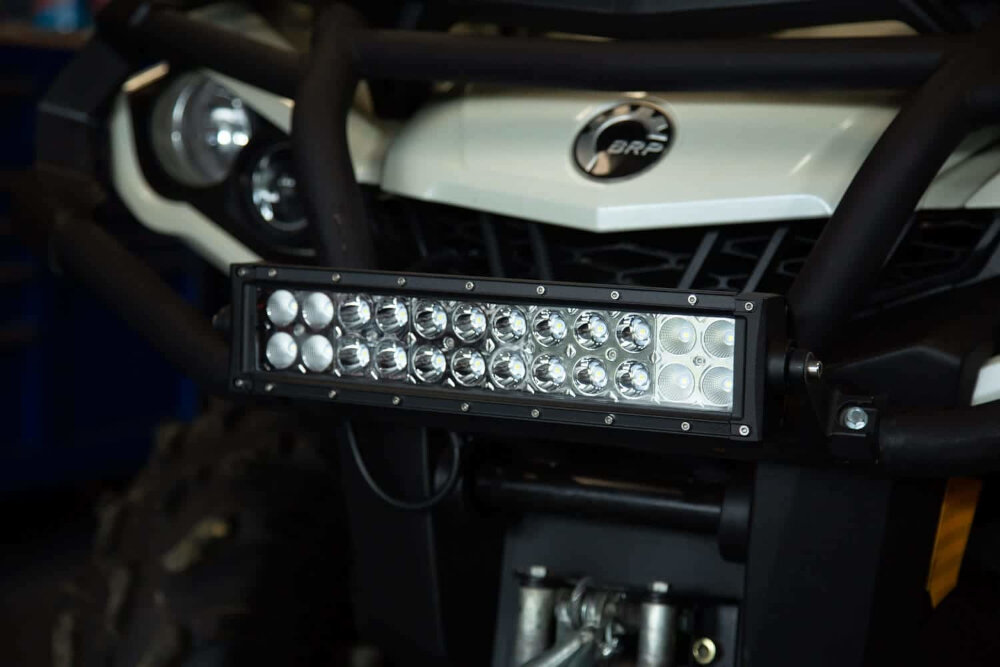
LED lights have become increasingly popular over the years, and for good reason. They are energy-efficient, long-lasting, and environmentally friendly. However, one crucial aspect of LED lights that needs to be considered is their brightness. LED brightness is affected by various factors that must be taken into account when measuring its intensity. One of the primary factors affecting LED brightness is the amount of electric current passing through it. The more current that flows through an LED, the brighter it will be. However, it is essential not to exceed the recommended current rating of the LED, as this can damage the device and shorten its lifespan. Another factor that affects LED brightness is the type of material used to construct the LED. High-quality materials will produce brighter lights, while lower quality materials will produce dimmer lights. Additionally, the color temperature of the LED can affect its brightness. LEDs with a higher color temperature tend to appear brighter than those with lower color temperatures. It is also important to consider the placement and environment of the LED. LEDs placed in areas with high levels of ambient light will appear less bright, while those in darker areas will appear brighter. Therefore, it is crucial to take these factors into account when measuring LED brightness to ensure accurate results.
Temperature is a crucial factor to consider when measuring LED light brightness. LEDs are highly sensitive to changes in temperature, and their performance is affected by it. The temperature affects the lumen output, color temperature, and the overall efficiency of the LED. High temperatures cause the LED to produce less light, which can lead to premature failure. On the other hand, low temperatures can cause the LED to produce more light than expected, leading to inaccurate readings. To ensure accurate measurements, it is essential to keep the LED temperature constant and within the recommended range. This can be achieved by using proper heat sinks, fans, and other thermal management techniques.
Although the human aging process is inevitable, it can be influenced by various factors, such as genetics, lifestyle, and environmental factors. As people age, their physical and cognitive abilities decline, and they become more susceptible to diseases and health conditions. One of the most visible signs of aging is the appearance of wrinkles, sagging skin, and age spots. The aging process also affects the body’s ability to produce and utilize energy, leading to a decrease in muscle mass and strength. Furthermore, aging can impact mental health, including memory and cognitive function. Despite these challenges, there are ways to promote healthy aging, such as maintaining a healthy diet, engaging in physical activity, and staying socially connected.
Manufacturing variation is a common issue in the production process of LED lights. It refers to the differences in the physical characteristics and performance of the same product that are produced in different batches or at different times. This variation can be caused by a variety of factors, such as changes in the quality of raw materials, changes in the manufacturing process, or variations in the operating conditions of the production equipment. In order to ensure consistent and reliable performance of LED lights, it is important to measure and control manufacturing variation through the use of statistical process control techniques and other quality assurance methods. By reducing manufacturing variation, manufacturers can improve the overall quality and performance of their products, while also reducing costs and increasing customer satisfaction.
Driver current is an important aspect to consider when measuring the brightness of LED lights. It refers to the electrical current that flows through the LED driver, which is responsible for regulating the amount of power that is supplied to the LED. The driver current has a significant impact on the brightness of the LED light, as it determines the amount of energy that is converted into light. A higher driver current typically results in a brighter light output, but it may also lead to increased heat generation and reduced lifespan of the LED. It is essential to measure the driver current accurately to ensure optimal performance and longevity of LED lights.
In conclusion, measuring LED light brightness is a complex process that requires a comprehensive understanding of the different metrics involved. The two primary metrics used to measure LED light brightness are luminous flux and luminous intensity, with each having its own unit of measurement. Color temperature and color rendering index are also essential metrics to consider when measuring LED light brightness. By considering these different factors, individuals can select the most appropriate LED light for their specific needs. It is important to note that LED technology is constantly evolving, and new metrics may be developed in the future to measure LED light brightness more accurately.
Accurate LED brightness measurements are crucial to ensure consistent and reliable performance of LED lighting systems. It enables manufacturers to produce high-quality products that meet the desired lighting standards and specifications. Accurate measurements also help in comparing the performance of different LED products and selecting the most suitable one for a particular application. In addition, accurate brightness measurements can help in identifying any issues or defects in the LED lighting system, allowing for timely maintenance and repair. With the increasing demand for energy-efficient lighting solutions, accurate brightness measurements play a significant role in achieving optimal energy savings and reducing environmental impact. Therefore, it is essential to use reliable measurement tools and techniques to obtain accurate brightness measurements for LED lighting systems.
As LED lighting technology continues to evolve, so too must the methods used to measure its brightness. One promising development is the use of integrating spheres, which capture and measure light from all angles to provide a more accurate and comprehensive view of a light source’s brightness. Additionally, advances in spectroradiometry may allow for more precise color and spectral measurements of LED light, allowing for more nuanced assessments of its quality and suitability for various applications. As LED technology becomes more ubiquitous and varied in its uses, these new measurement techniques will be essential for ensuring that lighting is not only bright, but also of high quality and well-suited to its intended purpose.
Conclusion
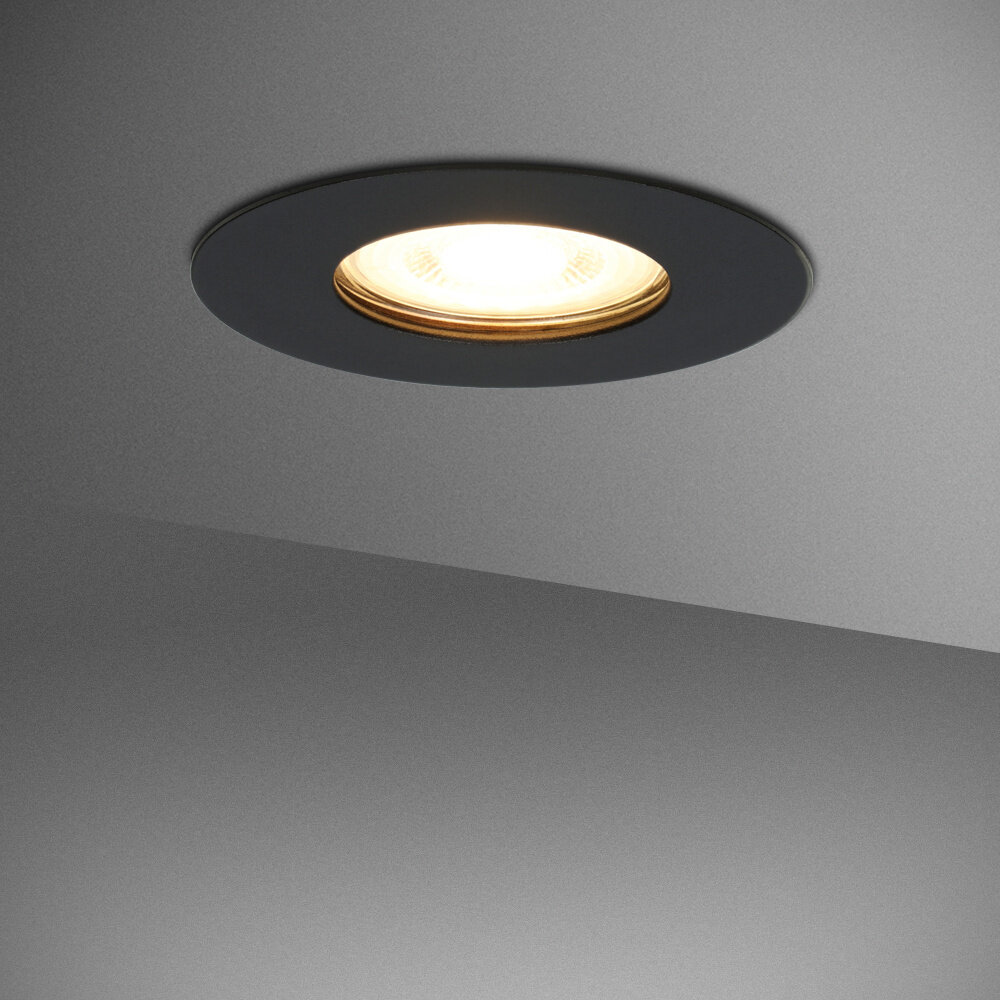
In conclusion, measuring LED light brightness is a crucial aspect of lighting design and installation. It is essential to understand the different methods and tools available for measuring LED light brightness accurately. By following the comprehensive guide provided, one can ensure that the LED lights they install meet the required standards, and the desired illumination levels are achieved. Whether measuring luminous flux, illuminance, or color temperature, it is vital to use the appropriate equipment and understand the limitations of each method. As LED lighting technology continues to advance, it is important to stay up-to-date with the latest tools and techniques for measuring LED light brightness to ensure optimal lighting performance and energy efficiency.




